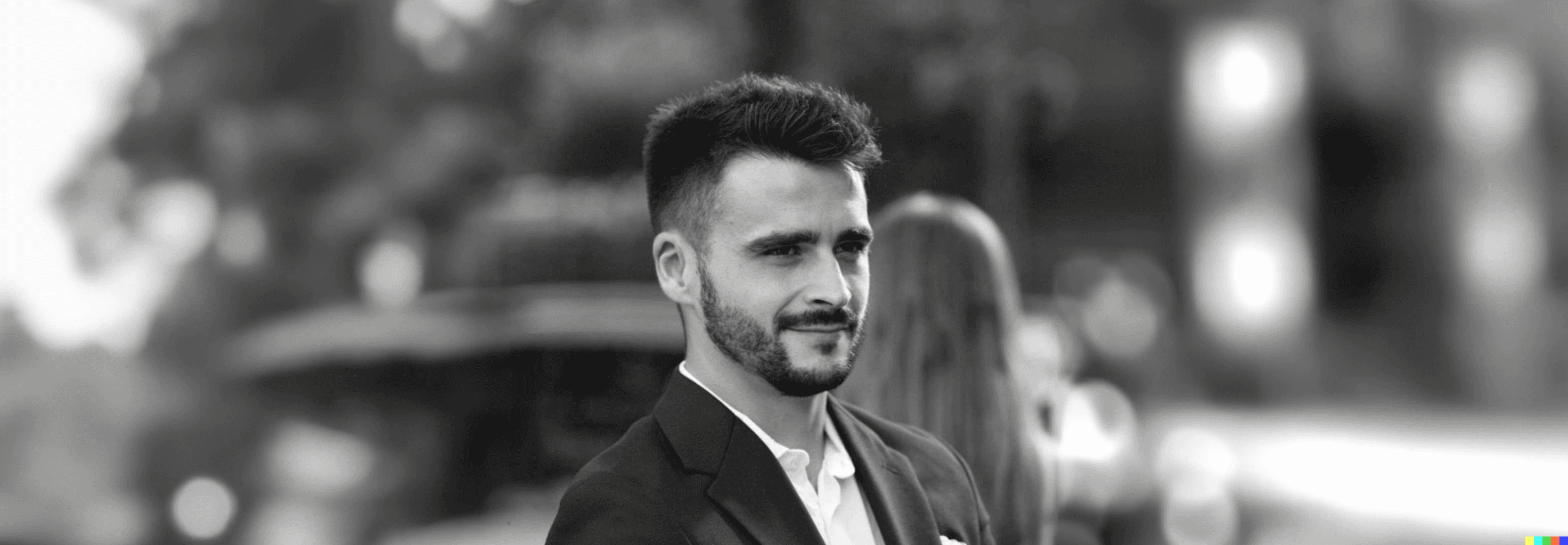About

At the age of 14, I was deeply immersed in video games, especially Counter-Strike.
It was primarily a fun way to connect with other players online. However, my interest took a significant turn when I discovered the possibility of customizing the game visually. To achieve this, I needed to learn how to use graphic design tools such as Photoshop and other software.
Back then, YouTube was the go-to source for tutorials and resources. It was an incredible place to learn, with everyone sharing their knowledge on how to do various things. This allowed me to quickly and efficiently learn about design sofwares, along with other 3D and video editing tools.
My ability to create custom visual assets didn't go unnoticed. Players I interacted with started to ask about acquiring their custom assets. This sparked an idea. Since I was hosting video game servers for online play, this came with costs, so I thought, why not charge a small fee for these custom assets? The idea was well-received, and thus, at 15, I began to grow a small business, continuously learning and improving my graphic design skills.
A year later, I met a friend who, like me, was self-taught, but in development. Noticing the rapid growth of the e-sport community around us and their constant need for graphic resources, we saw an opportunity. E-sport teams required websites, logos, brand identities, and various graphic assets. Upon turning 16 and legally being allowed to start a business, we founded SHARKCONFIG, a digital web agency offering these services and more.
To attract as many clients as possible, we attended e-sport events. These events were gatherings of hundreds of players over a weekend, competing in tournaments across multiple games. Many of these e-sport teams had budgets for enhancing their online presence, which is where we came in, offering our services and networking with key e-sport entities. Working with these teams and other clients outside the e-sport niche taught me invaluable lessons.
To increase our visibility further, we created our own e-sport team to compete in events, effectively promoting our agency in the e-sport scene. This move paid off, as our team's success in competitions brought more attention to our services.
Over time, we accumulated over 50+ clients from various sectors, including e-commerce, restaurants, rental agencies, nightclubs, entrepreneurs, YouTubers, and, of course, e-sport teams. As I approached 19 and was about to begin my studies at Epitech Digital for a design diploma, my friend and I decided it was time to close SHARKCONFIG to focus on our degree.
Later I graduated from Epitech Digital in 2016 and joined a rapidly growing startup, 360Learning, as the second designer. After nearly five years and expanding the design team to 8 members, it was time for a new challenge.
In 2021, I became the first employee and founding designer at Claap.io, tasked with building a brand-new product from the ground up.
Three years later, Claap.io was recognized as one of the Top 10 best-designed products of 2022 by ProductHunt and also received the Product of the Day in 2022 and again in 2023 for the launch of version 2.0.
Later this year, Claap was referenced by ProductHunt in «The best screenshots and screen recording apps in 2024».
TL;DR: Starting at age 14 with a passion for video games, I learned graphic design to customize game visuals. This skill turned into a small business by creating custom assets for other players. At 16, I co-founded SHARKCONFIG, a digital web agency focusing on the e-sport community's need for web and graphic design services. This venture led to significant client growth and networking opportunities within the e-sport scene. After closing SHARKCONFIG to pursue my degree, I graduated in 2016 and immediately joined a rapidly growing startup, 360Learning, as their second designer; eventually moving on to become a founding designer at Claap in 2021.
UX & UI Design
Brand Identity
Interaction Design
Web Design
Animation
Illustration
Research &
Brand Strategy
Brand Strategy
Research & Insights
Content Marketing
User Experience Research